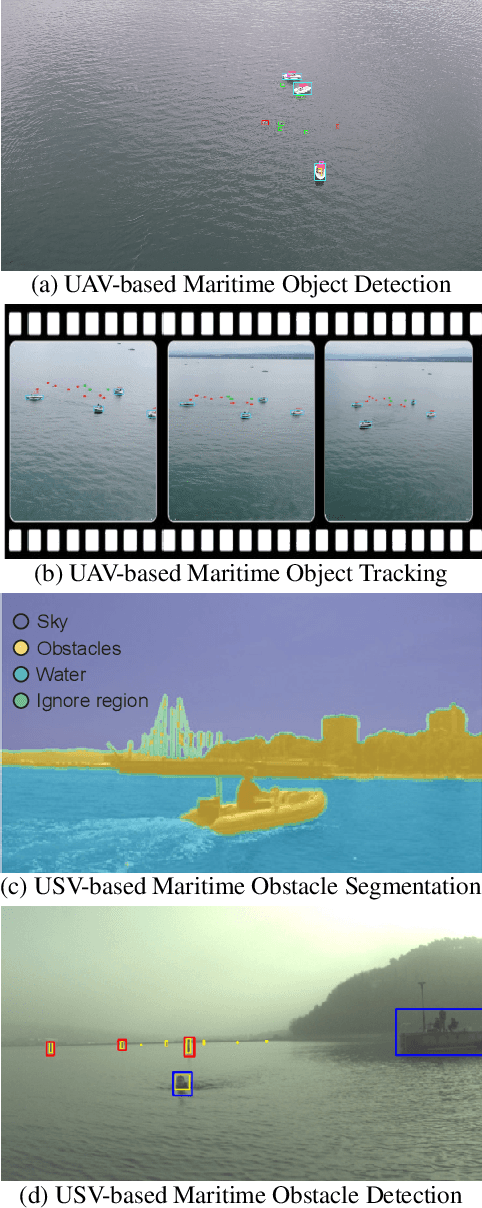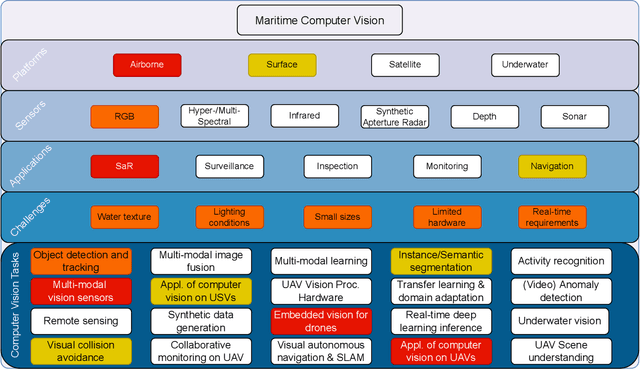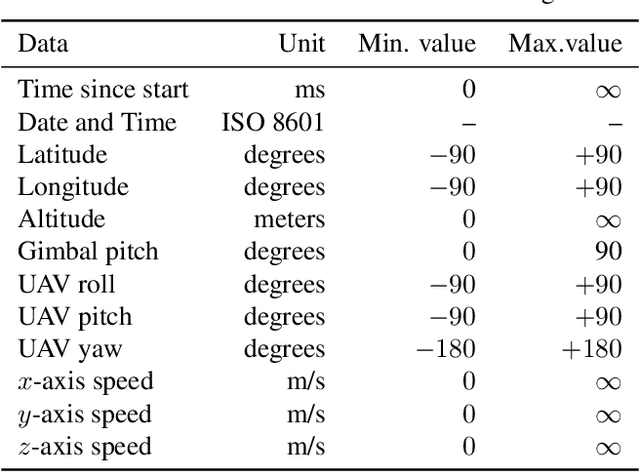Cecilia Di Ruberto
From User Preferences to Optimization Constraints Using Large Language Models
Mar 27, 2025Abstract:This work explores using Large Language Models (LLMs) to translate user preferences into energy optimization constraints for home appliances. We describe a task where natural language user utterances are converted into formal constraints for smart appliances, within the broader context of a renewable energy community (REC) and in the Italian scenario. We evaluate the effectiveness of various LLMs currently available for Italian in translating these preferences resorting to classical zero-shot, one-shot, and few-shot learning settings, using a pilot dataset of Italian user requests paired with corresponding formal constraint representation. Our contributions include establishing a baseline performance for this task, publicly releasing the dataset and code for further research, and providing insights on observed best practices and limitations of LLMs in this particular domain
A Comparative Analysis of Image Descriptors for Histopathological Classification of Gastric Cancer
Mar 21, 2025Abstract:Gastric cancer ranks as the fifth most common and fourth most lethal cancer globally, with a dismal 5-year survival rate of approximately 20%. Despite extensive research on its pathobiology, the prognostic predictability remains inadequate, compounded by pathologists' high workload and potential diagnostic errors. Thus, automated, accurate histopathological diagnosis tools are crucial. This study employs Machine Learning and Deep Learning techniques to classify histopathological images into healthy and cancerous categories. Using handcrafted and deep features with shallow learning classifiers on the GasHisSDB dataset, we offer a comparative analysis and insights into the most robust and high-performing combinations of features and classifiers for distinguishing between normal and abnormal histopathological images without fine-tuning strategies. With the RF classifier, our approach can reach F1 of 93.4%, demonstrating its validity.
Exploring Few-Shot Object Detection on Blood Smear Images: A Case Study of Leukocytes and Schistocytes
Mar 21, 2025Abstract:The detection of blood disorders often hinges upon the quantification of specific blood cell types. Variations in cell counts may indicate the presence of pathological conditions. Thus, the significance of developing precise automatic systems for blood cell enumeration is underscored. The investigation focuses on a novel approach termed DE-ViT. This methodology is employed in a Few-Shot paradigm, wherein training relies on a limited number of images. Two distinct datasets are utilised for experimental purposes: the Raabin-WBC dataset for Leukocyte detection and a local dataset for Schistocyte identification. In addition to the DE-ViT model, two baseline models, Faster R-CNN 50 and Faster R-CNN X 101, are employed, with their outcomes being compared against those of the proposed model. While DE-ViT has demonstrated state-of-the-art performance on the COCO and LVIS datasets, both baseline models surpassed its performance on the Raabin-WBC dataset. Moreover, only Faster R-CNN X 101 yielded satisfactory results on the SC-IDB. The observed disparities in performance may possibly be attributed to domain shift phenomena.
The 2nd Workshop on Maritime Computer Vision 2024
Nov 23, 2023



Abstract:The 2nd Workshop on Maritime Computer Vision (MaCVi) 2024 addresses maritime computer vision for Unmanned Aerial Vehicles (UAV) and Unmanned Surface Vehicles (USV). Three challenges categories are considered: (i) UAV-based Maritime Object Tracking with Re-identification, (ii) USV-based Maritime Obstacle Segmentation and Detection, (iii) USV-based Maritime Boat Tracking. The USV-based Maritime Obstacle Segmentation and Detection features three sub-challenges, including a new embedded challenge addressing efficicent inference on real-world embedded devices. This report offers a comprehensive overview of the findings from the challenges. We provide both statistical and qualitative analyses, evaluating trends from over 195 submissions. All datasets, evaluation code, and the leaderboard are available to the public at https://macvi.org/workshop/macvi24.
1st Workshop on Maritime Computer Vision 2023: Challenge Results
Nov 28, 2022



Abstract:The 1$^{\text{st}}$ Workshop on Maritime Computer Vision (MaCVi) 2023 focused on maritime computer vision for Unmanned Aerial Vehicles (UAV) and Unmanned Surface Vehicle (USV), and organized several subchallenges in this domain: (i) UAV-based Maritime Object Detection, (ii) UAV-based Maritime Object Tracking, (iii) USV-based Maritime Obstacle Segmentation and (iv) USV-based Maritime Obstacle Detection. The subchallenges were based on the SeaDronesSee and MODS benchmarks. This report summarizes the main findings of the individual subchallenges and introduces a new benchmark, called SeaDronesSee Object Detection v2, which extends the previous benchmark by including more classes and footage. We provide statistical and qualitative analyses, and assess trends in the best-performing methodologies of over 130 submissions. The methods are summarized in the appendix. The datasets, evaluation code and the leaderboard are publicly available at https://seadronessee.cs.uni-tuebingen.de/macvi.
An effective and friendly tool for seed image analysis
Mar 31, 2021



Abstract:Image analysis is an essential field for several topics of life sciences, such as biology or botany. In particular, seeds analysis (e.g., fossil research) can provide significant information about their evolution, the history of agriculture, the domestication of plants, and the knowledge of diets in ancient times. This work aims to present a software that performs an image analysis by feature extraction and classification starting from images containing seeds through a brand new and unique framework. In detail, we propose two \emph{ImageJ} plugins, one capable of extracting morphological, textural, and colour characteristics from images of seeds, and another one to classify the seeds into categories by using the extracted features. The experimental results demonstrated the correctness and validity both of the extracted features and the classification predictions. The proposed tool is easily extendable to other fields of image analysis.
 Add to Chrome
Add to Chrome Add to Firefox
Add to Firefox Add to Edge
Add to Edge